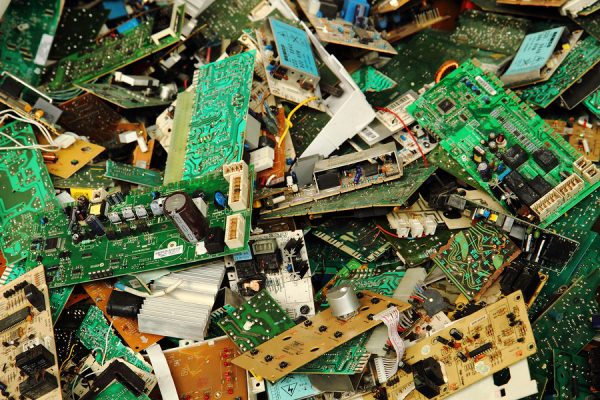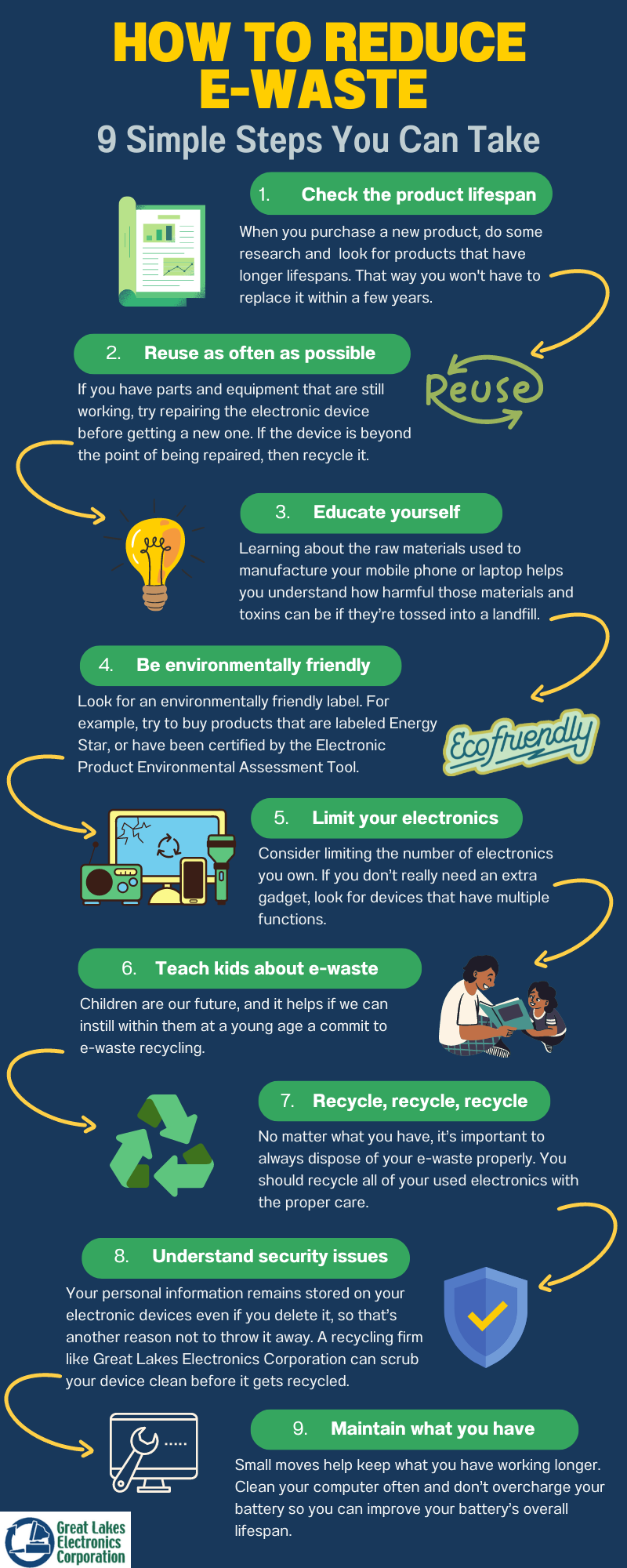Unknown Facts About Recycling Lives Services
Unknown Facts About Recycling Lives Services
Blog Article
The Best Strategy To Use For Recycling Lives Services
Table of ContentsThe Main Principles Of Recycling Lives Services The Of Recycling Lives ServicesRecycling Lives Services for DummiesThe Main Principles Of Recycling Lives Services Some Ideas on Recycling Lives Services You Should Know

Additionally, all Oxfordshire regional authorities accept vapes and e-cigarettes as a different kerbside collection. Exactly how they are accumulated in each location varies somewhat; inspect you have the proper information for your location.
Mobile batteries the kind you find in small portable tools can also be reused at the kerbside yet not inside any of your bins. Bigger shops that sell batteries also have collection factors for recycling old batteries.
Unknown Facts About Recycling Lives Services
Older-style filament or halogen light bulbs can be disposed of in your general rubbish bin at home. Some Do it yourself stores also have collection factors for light bulbs.

What Does Recycling Lives Services Do?
Electric things are broken down into different pasts so that the various products they are made up of can be removed and reused. Waste reusing centres are for use by owners only and can not accept waste from business resources.
E-waste, electronic waste, e-scrap and end-of-life electronics are terms usually utilized to define utilized electronics that are nearing the end of their useful life, and are disposed of, contributed or provided to a recycler. The UN defines e-waste as any kind of thrown out products with a battery or plug, and includes hazardous and unsafe materials such as mercury, that can present extreme danger to human and environmental health and wellness.
Recycling Lives Services for Dummies
Just 17.4% of this digital waste, consisting of a mix of unsafe materials and precious materials, will be taped as being effectively accumulated, treated and reused - https://recycling-lives-services.jimdosite.com/. Numerous campaigns are carried out to tackle this growing concern, however none can be totally effective without the energetic function and correct education of consumers

Moreover, extracting thrown out electronics creates 80% less exhausts of co2 per device of gold compared to mining it from the ground. In 2015, the removal of raw products accounted for 7% of the world's power consumption. This suggests that relocating in the direction of making use of even more second resources in digital items might help considerably within the targets laid out in the Paris Contract on climate modification.
The Definitive Guide for Recycling Lives Services
When the carbon dioxide launched over a gadget's lifetime is taken into consideration, it primarily happens throughout manufacturing, before consumers acquire a product. This makes lower carbon processes and inputs at the production stage (such as use recycled raw materials) and product life time key factors of overall ecological impact.
Also in the EU, which leads the world in e-waste recycling, simply 35% of e-waste is officially reported as appropriately accumulated and recycled. The lack of recycling considers heavily on the worldwide digital sector and as gadgets end up being more countless, smaller and a lot more complex, the issue intensifies.
The remaining mass news of e-waste primarily plastics laced with steels and chemicals positions a much more unbending problem. A new vision for the production and usage of digital and electric items is required. It is simple for e-waste to be framed as a post-consumer trouble, but the problem encompasses the lifecycle of the devices everyone makes use of.
Report this page